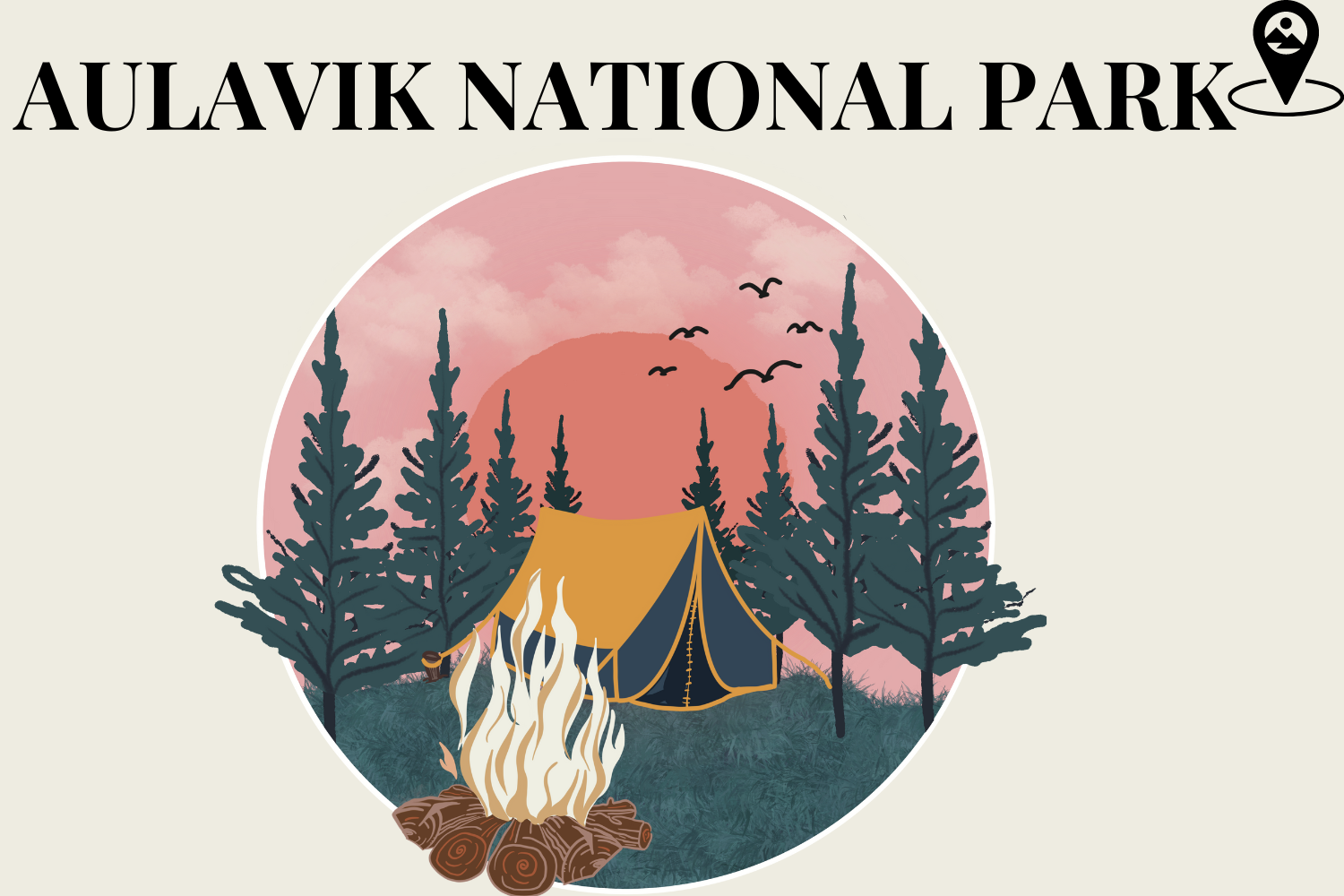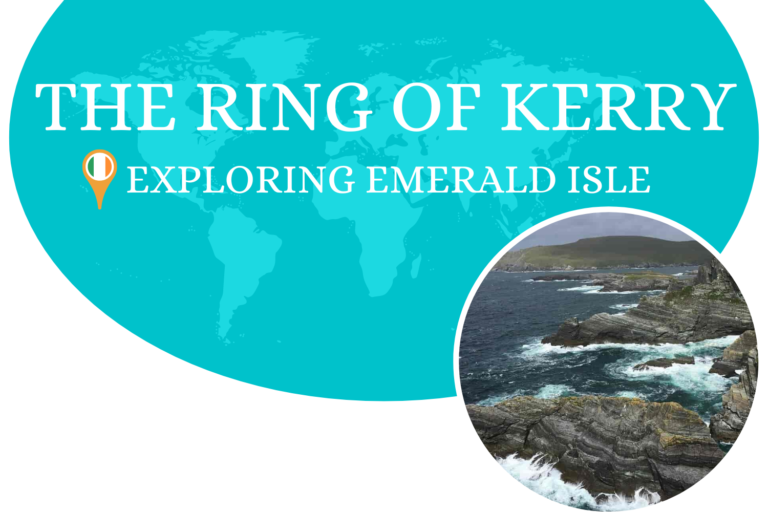Aulavik National Park of Canada: The Ultimate Guide
Aulavik National Park was established in 1992. On the banks of islands in the northern west territories of Canada protects the arctic lowlands of NWT covering 12,200 sq km and is characterised by a diverse range of landscapes, deep river valleys and coastal regions along the arctic region.
The name comes from the Inuvialuktun for “Place where people travel” which was suggested by one of the elders of Sachs Harbour, the only community on the island. This name reflects the importance of the land as a traditional travel route and gathering place for the Inuvialuites.
The park is known for its access to the Thomsen River, one of the most navigable rivers in North America. The Thomsen River flows through Aulavik National Park, and it is one of the park’s primary river systems.
It is renowned for its picturesque landscapes, including rolling tundra, rugged mountains, and river valleys.
The lower part of the Thomsen River is designated as a migratory bird sanctuary. Large numbers of Brant geese are found here and more than 40 other species of birds have been observed.
History
Before the establishment of Aulavik National Park. The area was inhabited by the Inuvialuit people, indigenous to the western Arctic region of Canada.
The Inuvialuit have a rich cultural history in the region, relying on the land and its resources for their traditional way of life, including hunting, fishing and gathering.
A major cooling effect in the area called the Little Ice Age ended occupation on Banks Island forcing people to relocate into the warmer region towards the southern coast.
The community of Inuvialuit people is called Sachs Harbour. These people migrated to the southwestern tip of Banks Island and set up a permanent Sachs Harbour community. Today 120 people are members of this community living with guaranteed rights of hunting and fishing within the boundary of the park.
Facts about the Aulavik National Park
- The park was established as a part of Canada’s green plan in collaboration between Inuvialuit, GNWT, and the Government of Canada
- It is completely treeless but contains 150 species of flora.
- An endangered species Peary caribou is also found when they migrate between their wintering grounds and summer calving grounds.
- Aulavik is considered a Polar desert.
- There are 230 archeological sites present within the park’s boundary suggesting human life 4000 years ago.
4 Activities to do in the Aulavik National park
1. Hiking
Provides a unique opportunity to explore the park’s rugged Arctic landscapes, encounter its wildlife, and appreciate the remote wilderness. Aulavik National Park does not have established hiking trails in the traditional sense. Instead, hiking in the park involves exploring the open tundra, river valleys, and mountains. Be prepared for off-trail hiking.
2. Camping
The park has a few designated campgrounds where you can set up your tent or use backcountry huts. Thomsen River Campground is a popular choice for visitors and is situated near the Thomsen River, which is known for its scenic beauty and wildlife.
Facilities in the park are basic, and there is limited infrastructure. Campers should be self-sufficient.
3. Paddling
Paddling in Aulavik National Park offers an incredible opportunity to explore the park’s stunning Arctic landscapes and waterways, and wildlife from a unique perspective. However, paddling in this remote and challenging environment requires thorough preparation, including the right equipment, skills, and safety precautions. If you’re not experienced with Arctic paddling, consider joining a guided paddling tour.
4. Fishing
The Thomsen River is home to Arctic char, a species of fish native to the Arctic region. Fishing for Arctic char is possible in the river, but you must follow the park’s regulations and obtain the necessary permits.
If you’re not experienced with Arctic fishing or prefer guided experiences, consider joining a guided fishing tour. Experienced guides can provide equipment, expertise, and knowledge of the best fishing spots.
The best time to visit the Aulavik National Park
The best time to visit is in summer as there is nearly sunlight for 24 hours making it suitable and providing ample time for exploration. Mid-June to late August comes in this period, as the cold temperature is bearable and relatively milder at this time in the Arctic.
Average July temperatures include lows of 2.8°C and highs of 9.6°C. Some factors like fog, heavy wind and cool temperatures are constant throughout this time also.
The Thomsen River is typically ice-free during this time, making it suitable for paddling and fishing.
Access to the Aulavik National Park & Permits
- Chartering the aeroplane is presently the only way to reach the national park as there are no developed trails or road access. The Charter services are available from Inuvik, the NWT mainland which is 750 km to the southeast of the park’s boundary.
- The air charter companies require a ‘ Free Parks Canada Aircraft landing permit ’ which the visitor must apply for when registering for a trip. No aircraft is permitted to land in Aulavik without one. The park contains four landing sites.
- Visitors must register and deregister with Parks Canada in Inuvik and will be given an orientation before entering the park.
Safety and Guidelines
- Aulavik National Park is one of the most isolated national parks and the facilities are limited. Considering this the visitor should be self-sufficient and capable of handling emergencies.
- Visitors need to bring everything with them as there are no facilities available inside the national park.
- Extreme caution is required while crossing small creeks and major rivers of the park like the Thomsen River which may be difficult to cross in the early summer.
- As the park is in the Arctic region, exposure to cold temperatures and water can lead to hyperthermia.
- By contacting Parks Canada, emergency assistance can be obtained.
- The rescue team is based in Inuvik. In case of bad weather conditions, the response time could be 1-2 days depending on the circumstances.
- It is important to note that Aulavik National Park is a protected area. Visitors are encouraged to observe wildlife from a safe distance and to minimize their impact on the fragile Arctic ecosystem.
FAQ’S
What is Aulavik National Park known for?
Aulavik National Park is known for its pristine and rugged Arctic wilderness. Its role in preserving the Inuvialuit culture and heritage, and the opportunity it provides for visitors to experience the beauty and wildlife of the Arctic region.
What animals live in Aulavik National Park?
Inside the park, several arctic animals are found including Muskoxen, arctic wolves and foxes, grizzly bears, lemmings and a range of marine mammals. Also, different species of birds are seen throughout the valleys of the park.
How do you get to Aulavik National Park?
There is only one way to reach the park which is by aircraft. Charter aeroplane services are available in Inuvik at a distance of 750 km from the southern boundary of the park.






